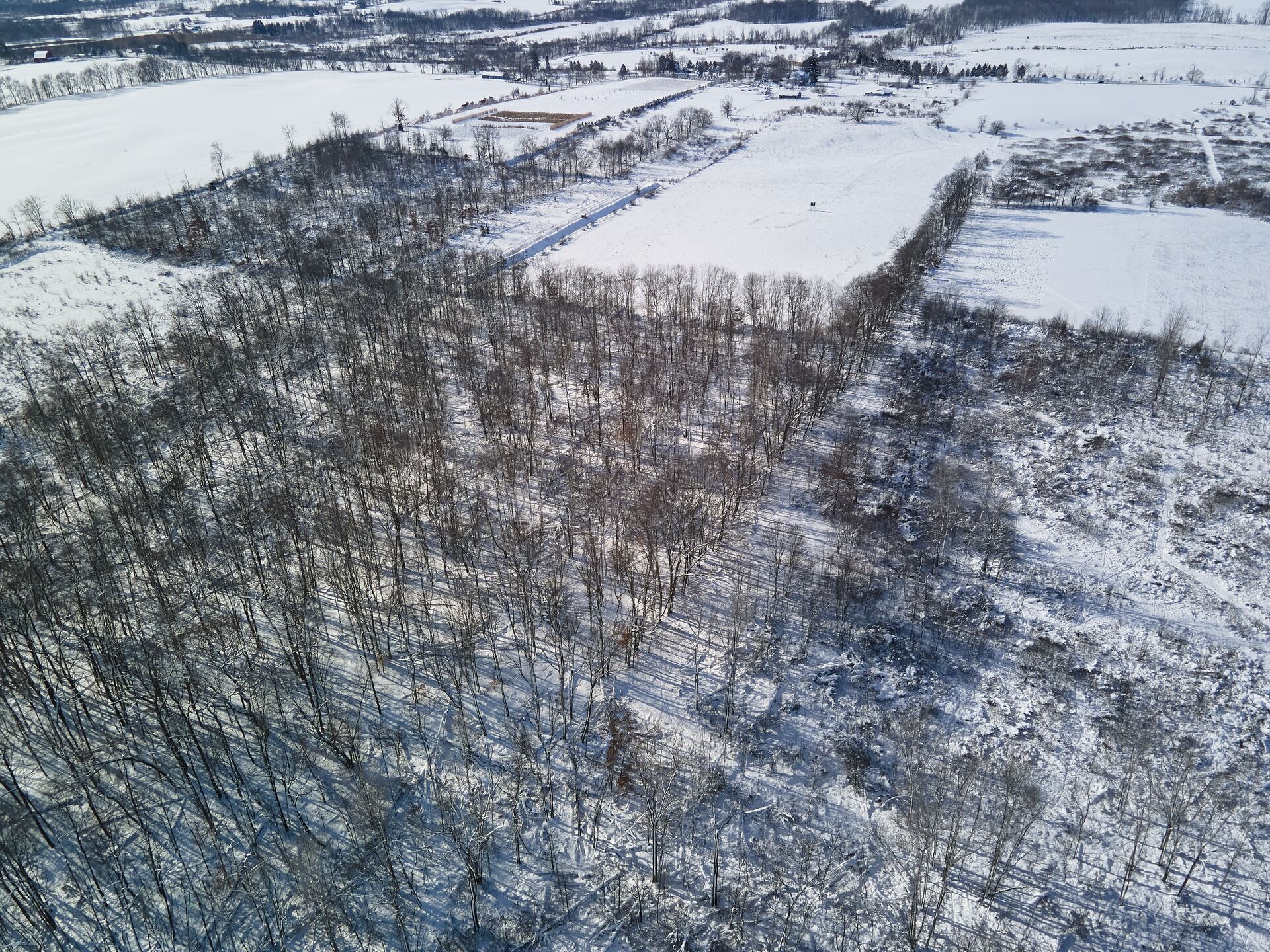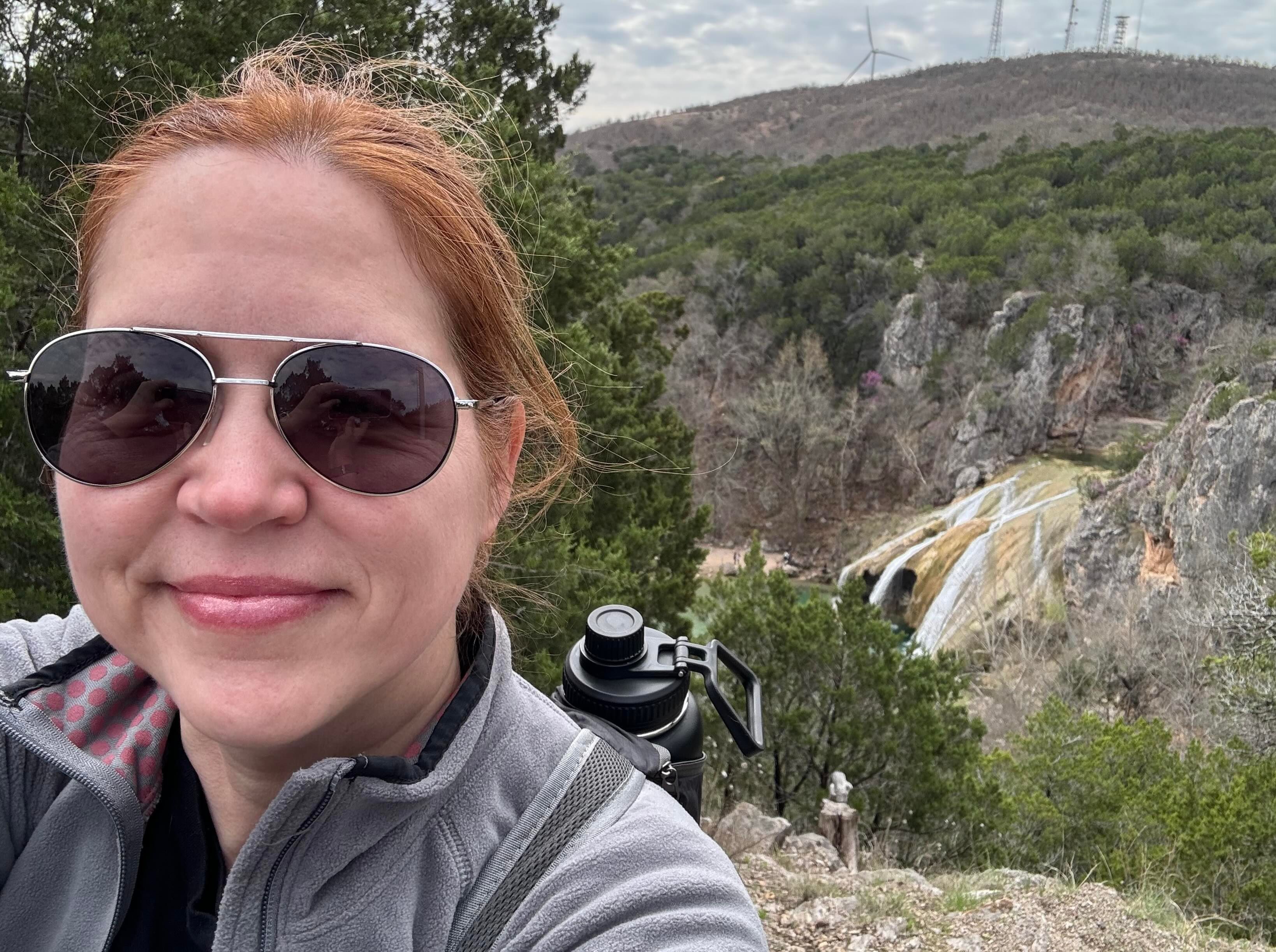With some research into weather patterning and changes in deer behavior, you can head out for a January deer hunt to maintain your hunting fitness, experience hunting in a new environment, and fill any unused tags.
Welcome to the first blog in our series, "The Year-Round Hunter," a month-by-month look at what hunters can do to stay active and in "hunt mode" year-round. Even when it's the off-season, and you can't get out for a hunt, you can still be actively involved in a full-year strategy and activities to get ready for your next day in the field.
Today, our first part of the series looks at some critical strategies to help you maximize your chances of success in a late-season hunt — looking to January. We also discuss important safety considerations to ensure you're as safe as possible out on those icy trails.
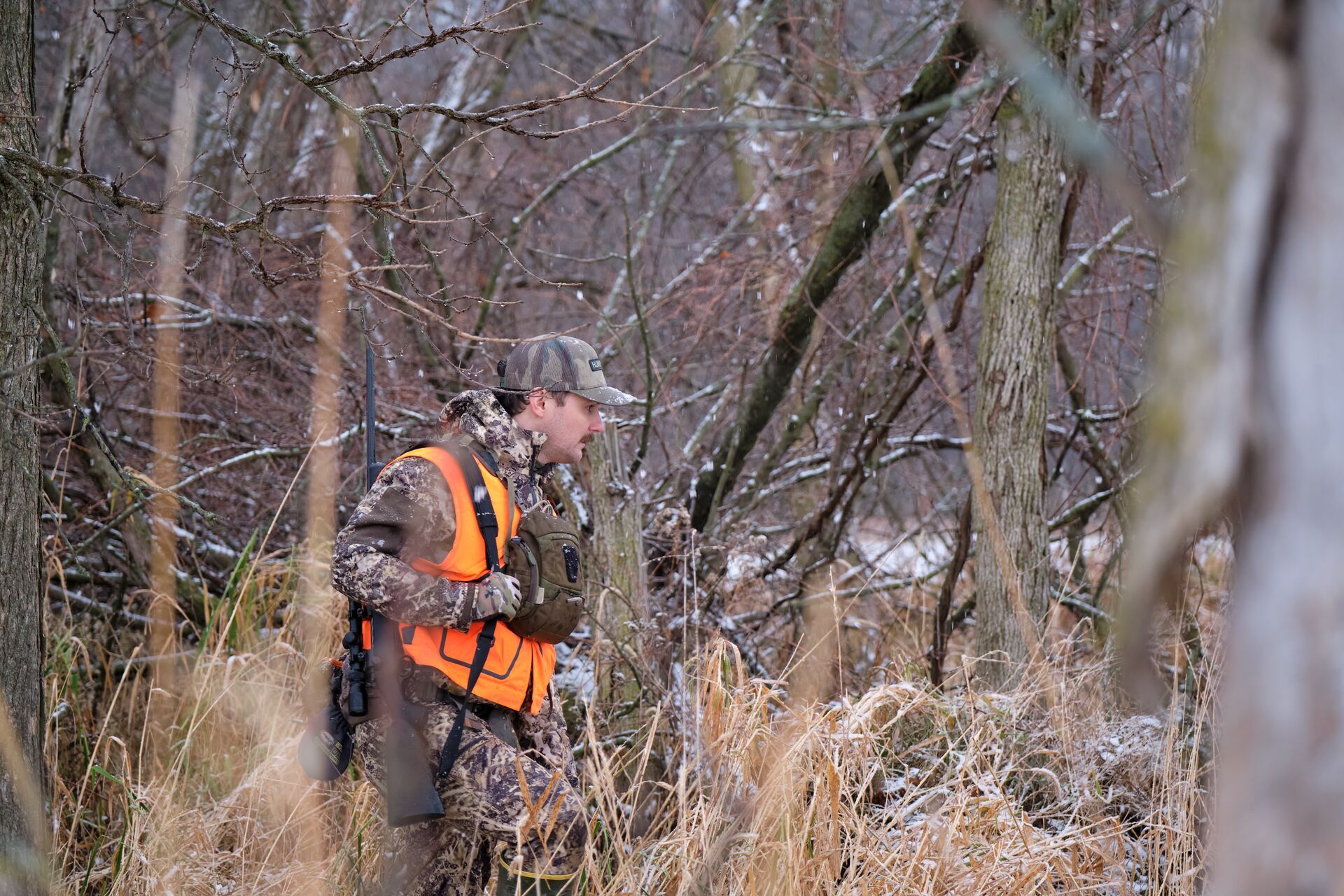
The Benefits of January Deer Hunting
While many hunters hang up their boots at the end of the rut, hunters stretching their season (like late-season deer hunters in Virginia) can still fill their freezers with a late-season buck during one of the most rewarding hunting periods.
The decline in hunter numbers has an overall impact on hunting pressure. With fewer hunters competing for space and top hunting locations, deer are less sensitive to the human presence in their natural environment during this time.
This allows the deer to fall back into natural routines and will help you observe them with more relaxed and predictable movement patterns.
During this time, you may notice that the deer are less skittish. It's a far more forgiving hunting environment, allowing for deep tracking and targeting of the elusive mature bucks roaming free with fewer competitors.
All of these reasons lead to one conclusion: you don't want to miss a January hunt if you can do it in your area!
Understanding Deer Behavior in January
The shift in deer behavior following the post-rot period is extreme.
At the end of the rut, mature bucks enter a recuperation phase, where they intensely focus on food, rest, and shelter. These behaviors see deer tracking down calorically dense food sources and protected bedding areas, meaning you can predict movement patterns with greater accuracy as a hunter — especially if you're using HuntWise and HuntCast.
Bedding areas and travel corridors to food become essential locations to put eyes on a mature buck.
Late-season food, including late-dropping acorns, berry bushes, or crops, is still available during this period. Supplemental food sources such as feeders will also see a lot of activity at this time. Just make sure it's legal to use your deer feeders at this time of year.
As part of this recuperation, deer will spend extended periods bedded up, especially during cool mornings. Targeting these bedding areas and pathways to food and water with trail cameras, scouting, or establishing stands and blinds will allow you to observe these movements with minimal intrusion on their behaviors.
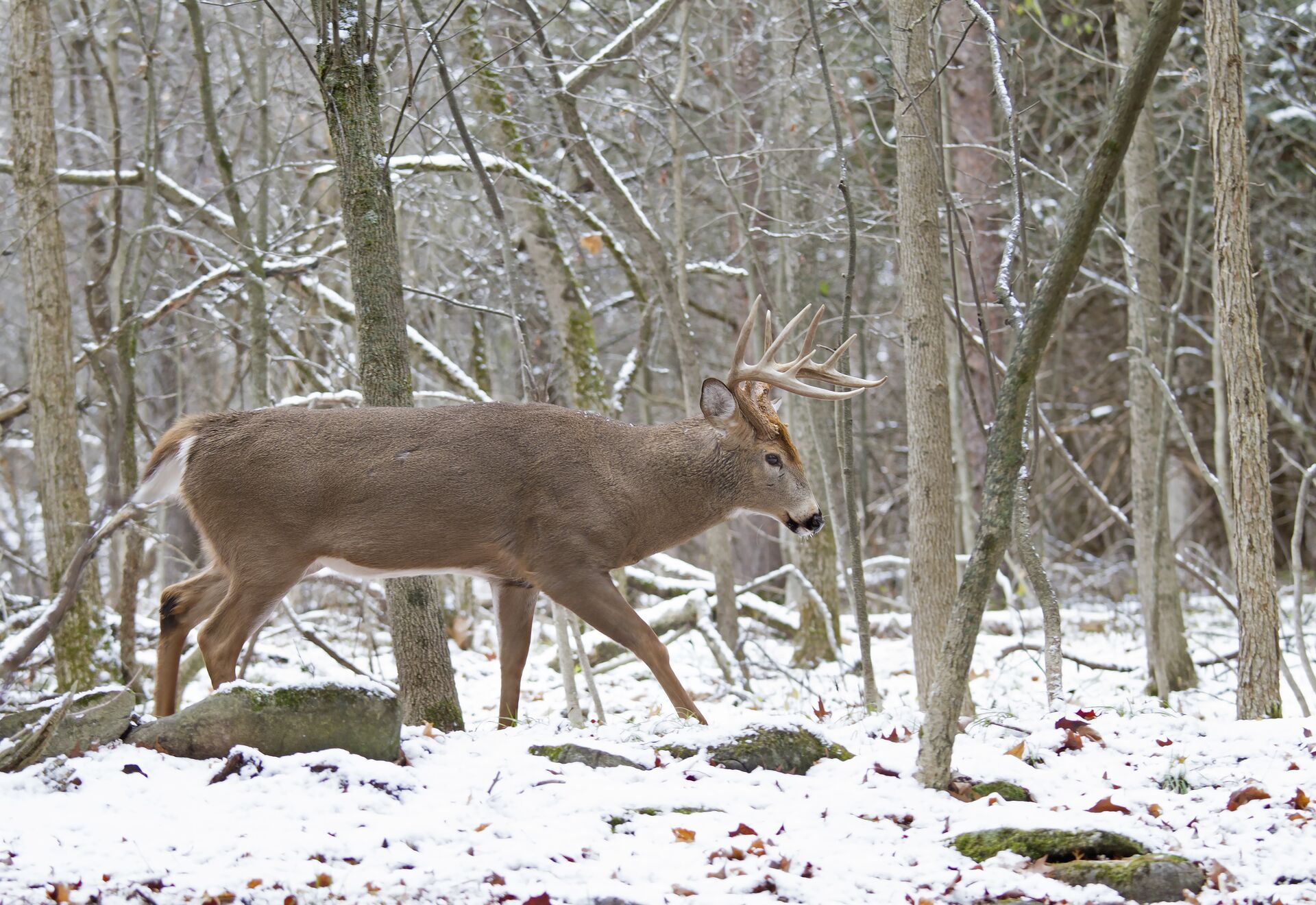
Scouting and Adjusting For Winter Conditions
Late-season hunting can often mean harsh winter conditions and shifts in patterning, such as snowfall, massive temperature fluctuations, and wind, which can all impact deer behavior and movement. Here's where WindCast and HuntCast help you target the best times to be in the field based on wind and weather predictions.
Trail cameras, especially cellular trail cameras strategically placed near bedding areas and travel corridors, can help monitor buck movement, providing expert insight without having to sit in freezing conditions for an extended time. After confirming the presence of deer, you can head out and establish these patterns with fresh deer signs, including tracks and droppings.
Deer will seek shelter from the wind, so look for hollows, south-facing slopes, and evergreen-covered areas. These areas are often hard to spot with traditional mapping features, so I recommend the HuntWise app's LiDAR capabilities to pinpoint these essential transition points and bedding areas that deer utilize in cold temperatures.
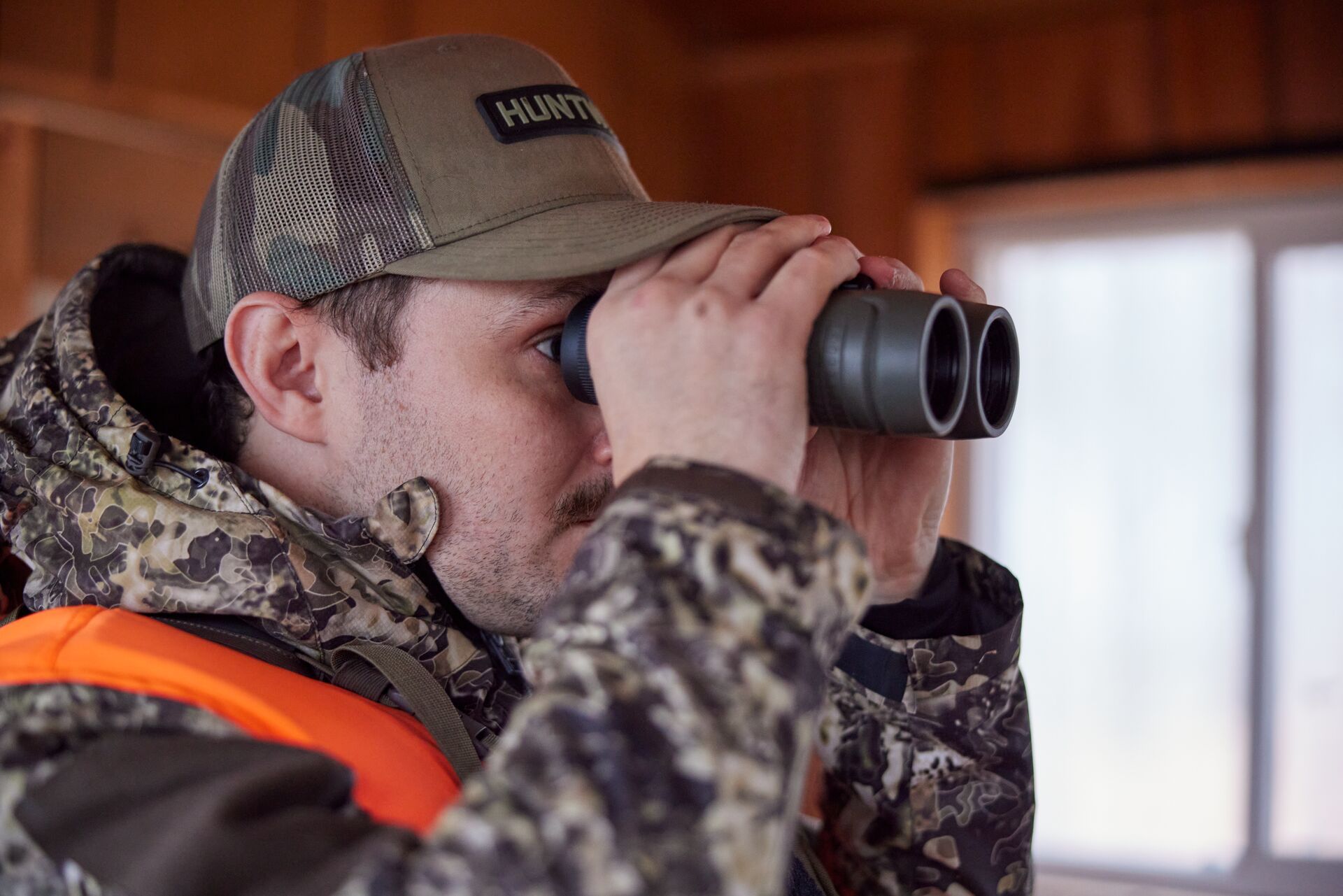
Review Your Gear for a January Hunt
We've already discussed trail cameras to minimize unnecessary scouting in the freezing conditions of a January hunt. Still, there are times when you will need to get out there on foot and hopefully take a decent shot at a nice buck.
Cold-weather hunting requires a carefully thought-out layering system to regulate body temperature, maintain comfort, and keep you safe during this period.
- As a base layer, focus on moisture-wicking fabrics that draw this wetness away from the skin, such as merino wool or a synthetic material.
- For the mid-layer, you want to focus on insulation with wool or fleece-based tops.
- Your outer layer should reflect the environment and temperature, so choosing tops and bottoms that protect from temperature drops, water, and snow are the go-to choices. Pay attention to the extremities of your body temperature regulation and focus on appropriate wool headgear, gloves, and a moisture-wicking sock beneath a heavy wool sock to ensure that heat stays trapped.
Your camo choice will depend on your intended hunting location. White or snow-patterned camouflage is ideal for hunting in snowy areas. If snow isn't present, darker winter woods camo will blend in.
And, of course, don't forget your bow and accessories or your hunting rifle.
Adjust to Late-Season Hunting Strategies for Success
Big bucks may feed later in the day during winter in an effort to conserve energy. This means midday and afternoon hunts may be more beneficial and exceptionally productive.
Regarding deer movement, consider areas that may have been overlooked in the earlier season, such as thick brush sections and hard-to-reach locations, as these deer seek out secluded spots to recover and rest. This strategy will require dialing in your close-range shooting capabilities with a focus on still hunting in denser areas.
Though rut calls are less effective, subtle bleats or scents can still draw in curious or hungry deer.
Stay Safe When Deer Hunting in January
Due to the often harsh winter conditions, late-season hunting presents a unique set of safety considerations. It's essential to know and understand the risks of hypothermia, as long, stationery hours in the cold require careful layering and extra attention to staying dry.
We recommend taking a first aid course and a hunter education course to ensure you're prepared for the risks and to look after your health and those around you. Passing a hunter ed course is probably also required by your state's regulations before you can get a hunting license.
Navigating the icy terrain can also be dangerous, making trails and trees extra slippery, so consider crampons or cleats.
As a final point, do a gear check, focusing on first aid gear, including a fire-starting kit and emergency blanket. Also, make sure your phone is fully charged or that you carry a satellite device in remote areas.
While you can access your HuntWise maps and markers offline by downloading them before you head out, you'll still need a charged phone to see them!
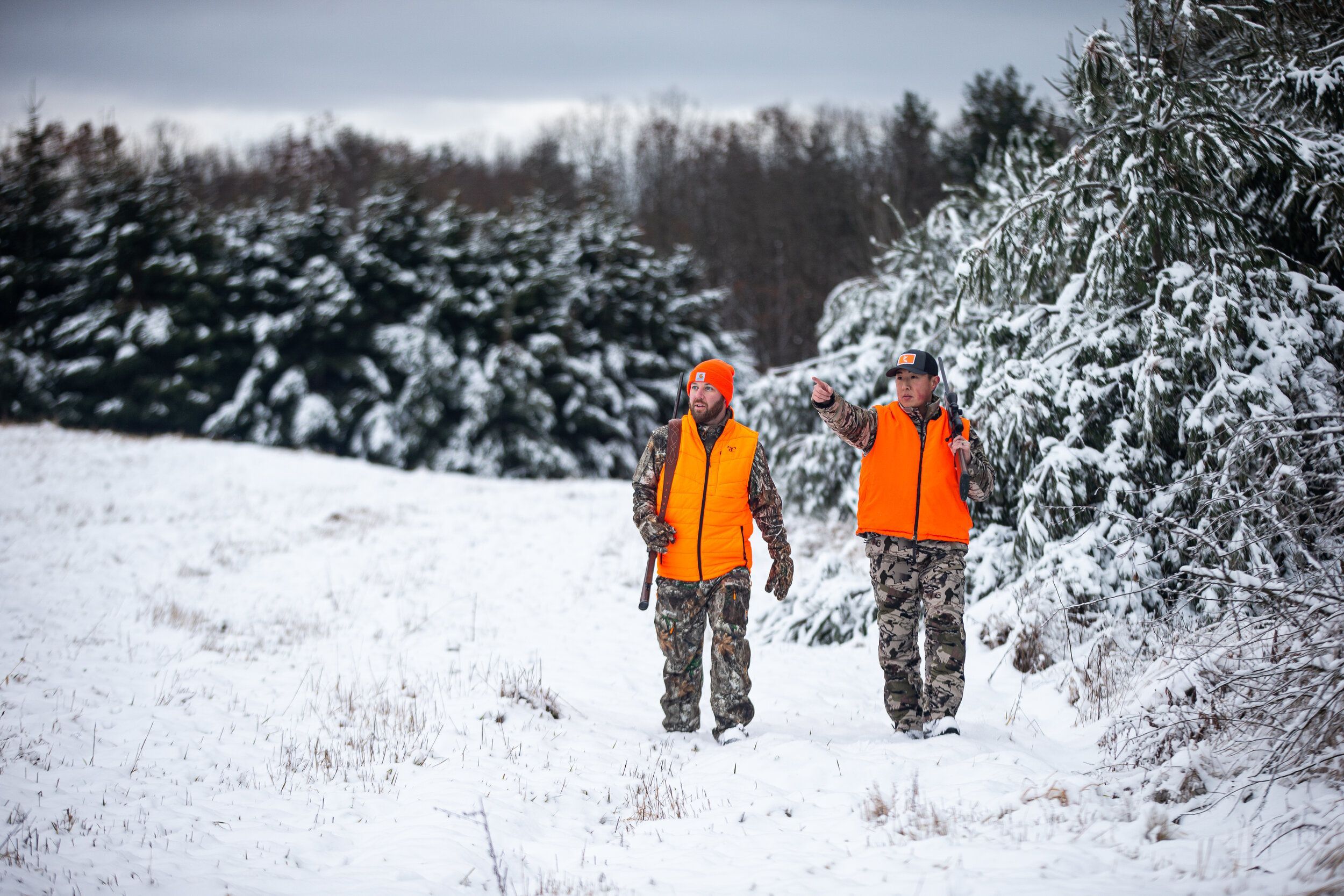
Find Where You Can Hunt Deer in January With HuntWise
Your hunting season doesn't have to end with the rut. With some minor changes to your hunting strategy, adaptation to the cooler weather, and the expert insights and mapping capabilities of HuntWise, you'll enjoy some of the most pristine and less crowded deer hunting on offer.
Explore the HuntWise app now to start marking critical deer locations on your maps, exploring LiDAR to uncover untouched deer bedding zones, and much more. You'll be ready to get the jump on other hunters in January — and probably minimize your time in the cold, too!
Download the app for free, then try it — free for your first week!
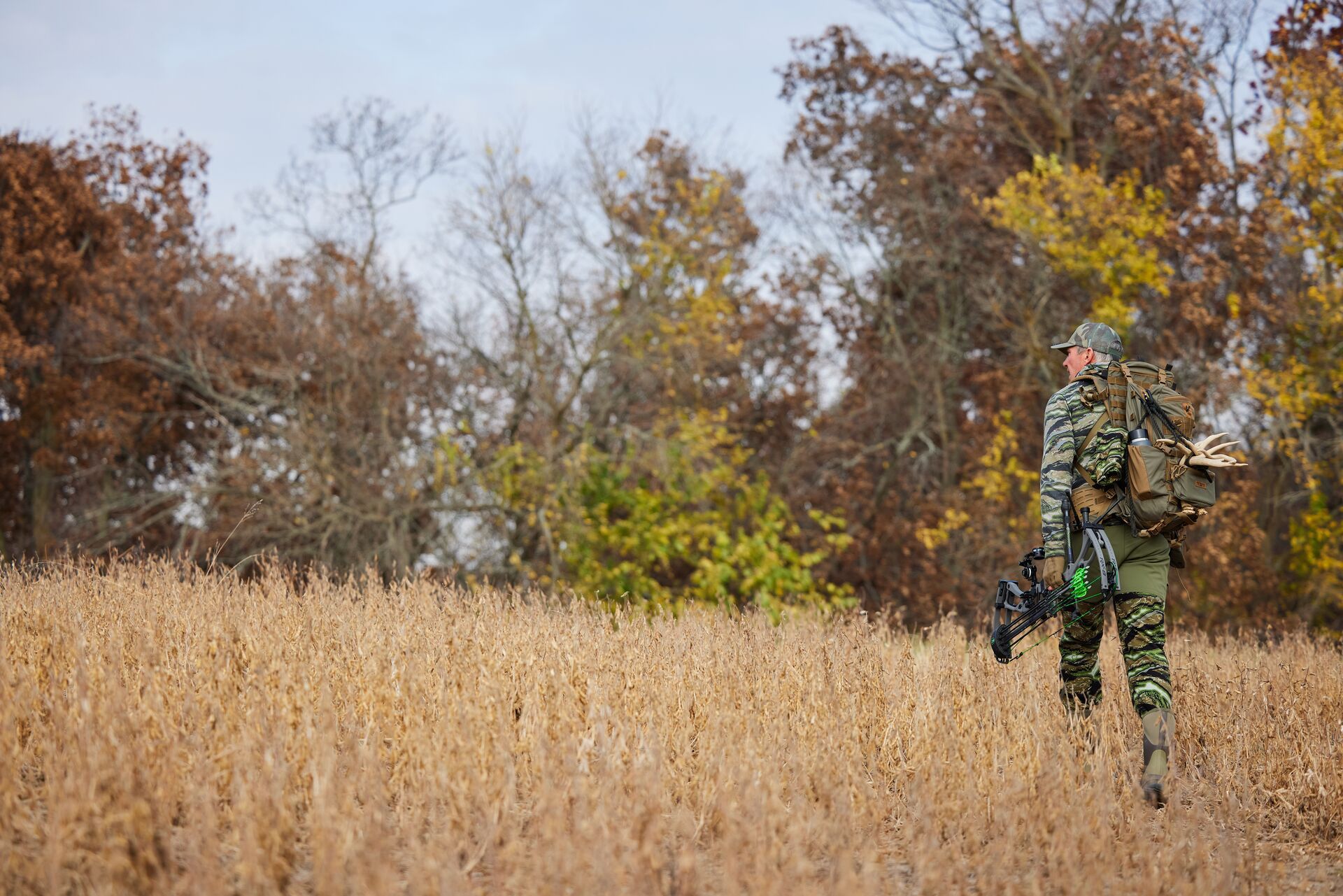
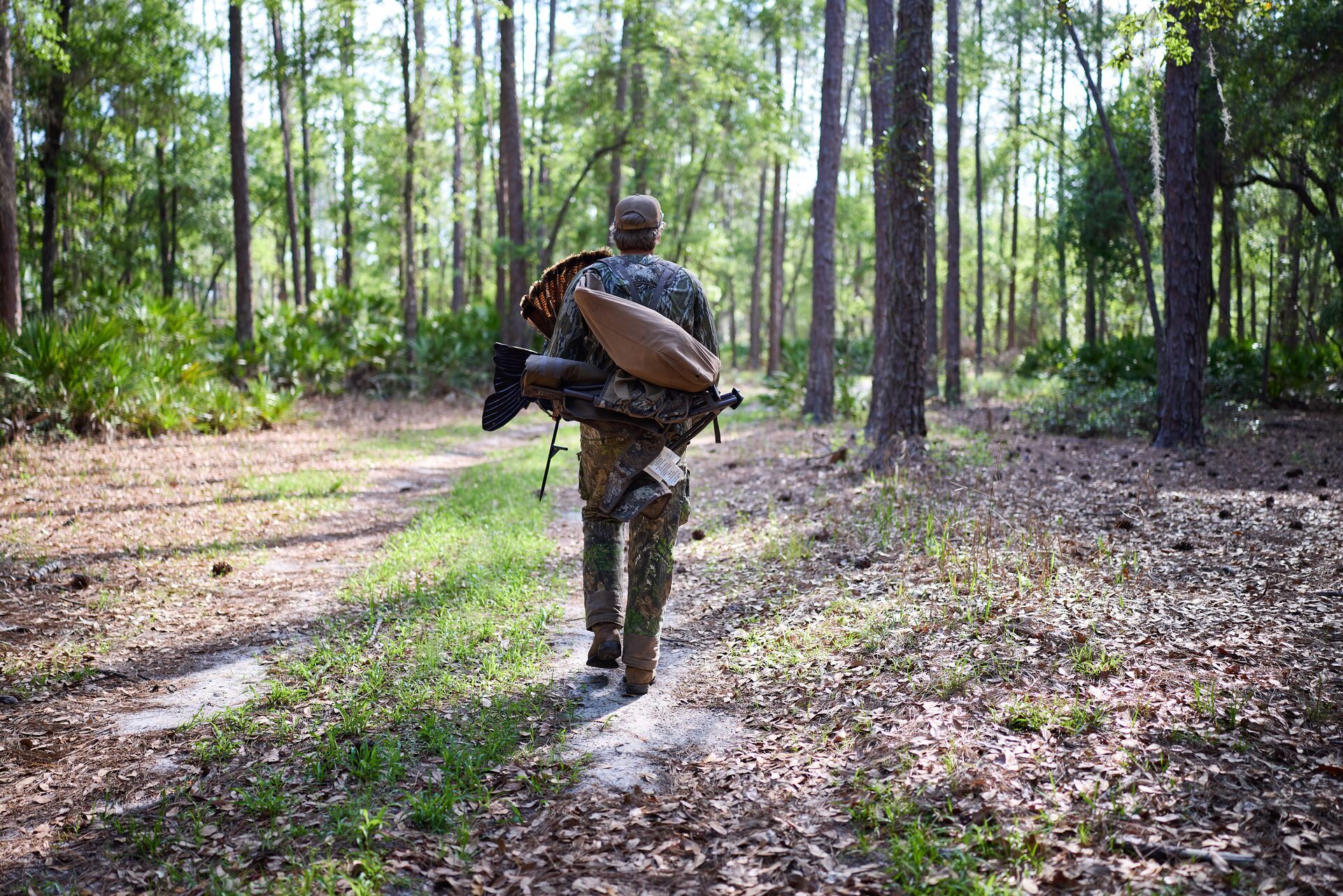
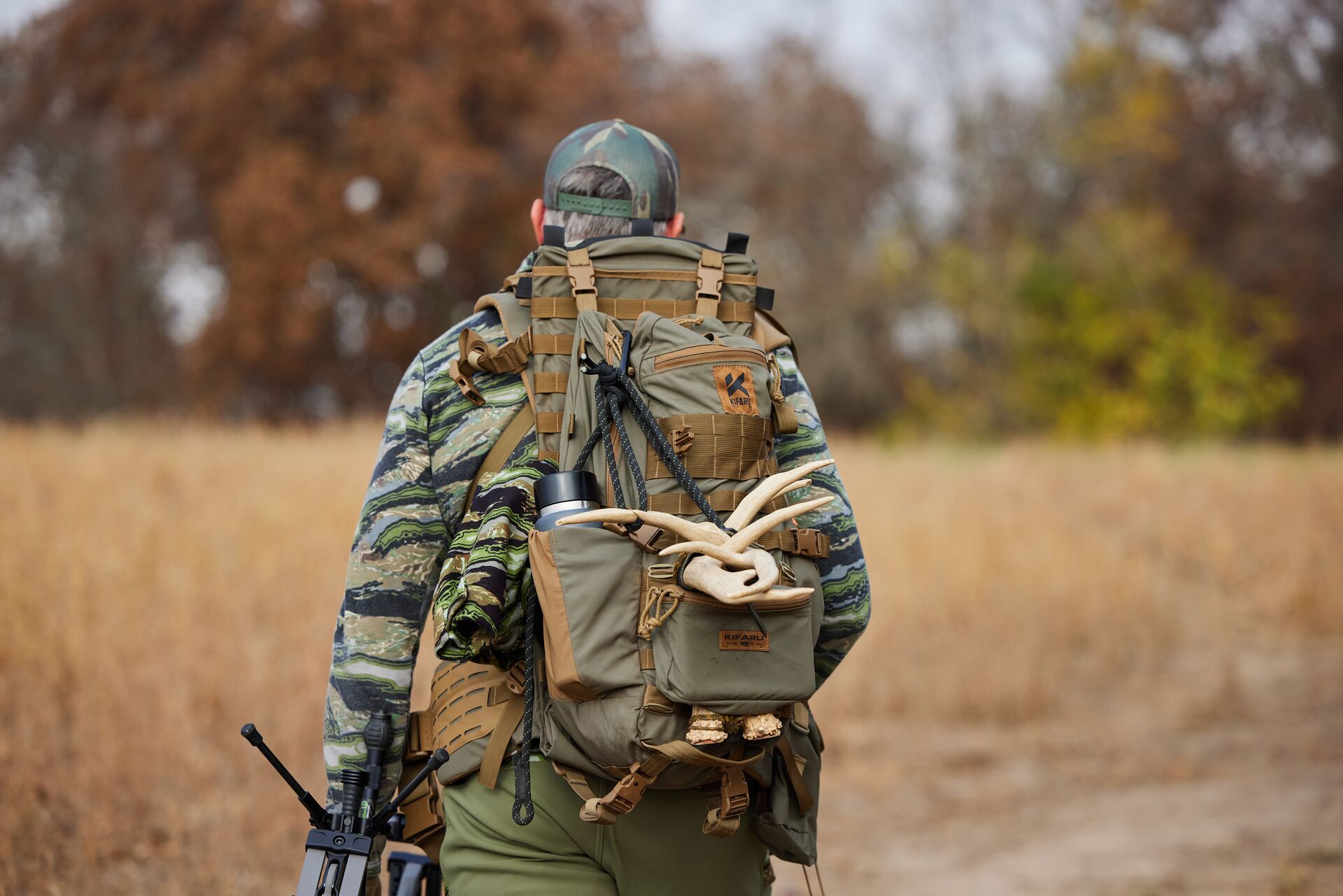
 Hunting Tips
Hunting Tips Hunting Tips
Hunting Tips Hunting Tips
Hunting Tips